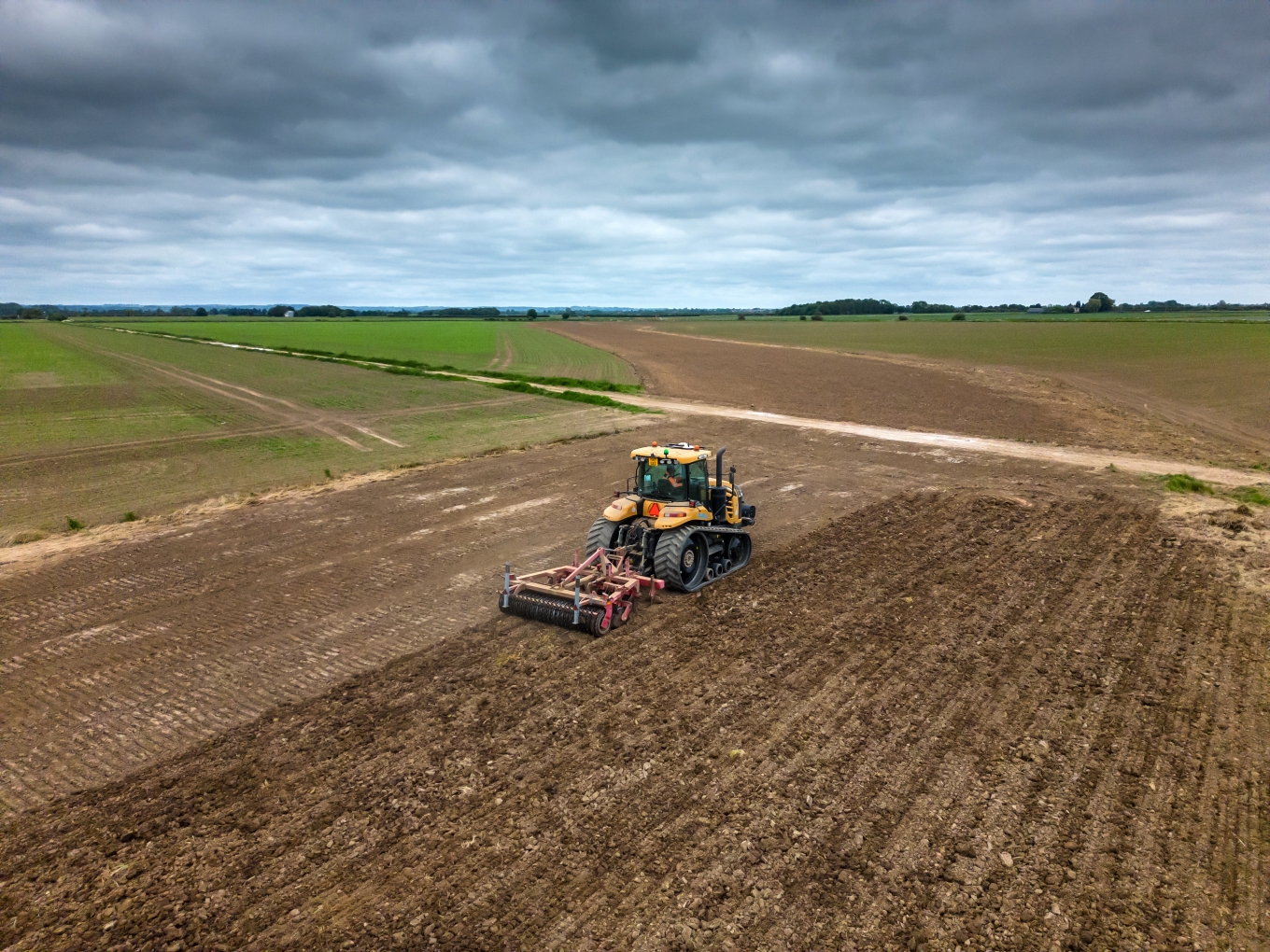Satellite navigation for agriculture and power lines
Can power lines interfere with satellite positioning systems (GNSS)?
The Global Navigation Satellite System (GNSS or sometimes called GPS) operates by sending radio-frequency signals (in the microwave range, 1.2 - 1.6 GHz) from a constellation of satellites to the receiver. Additional accuracy is used in differential GPS (DGPS) which involves the use of signals transmitted from a local fixed transmitter (or another satellite).
Close to a pylon, there might be some degradation in GPS performance, just as there can be some degradation close to buildings and trees. Other than that, there is no evidence of power lines interfering with GPS used in precision farming. The individual wires of a power line are very thin, so they do not cause a problem. Any radio interference emitted by the line is too small to have any effect.

Screening of the satellite signal by the physical presence of the power line
We know that buildings, trees etc., can sometimes stop the GNSS receiver from picking up all the satellite signals. Potentially, the same effect could occur close to a pylon.
If a tree, building, or pylon does temporarily obstruct the signal from a satellite, it should only be one or perhaps two satellites that are "behind" the obstruction at any one time and are affected.
With GPS (the American system), there may, for example, be 8 satellites above the horizon and able to be used for fixes at any one time. If the GNSS receiver needs, for example, 6 satellites to achieve its full fix, as some systems aiming for higher accuracy do, losing one or two satellites might cause cause some localised inaccuracies.
More modern receivers often detect GLONASS (the Russian system) satellites as well. In this case, there are typically around twenty or more satellites available, and you would expect the temporary loss of one or two to be much less significant.
Calculations show that the conductors or wires of a power line are too thin to have any significant effect. This has been confirmed in a study by EPRI: driving under the conductors of a power line made no measurable difference to the signal strength detected by a GPS receiver.
Differential GNSS
Some systems for obtaining greater accuracy from GNSS use a separate signal from another satellite or from a local transmitter set up either by the user themselves or more centrally for groups of users. Again, no interference is expected, except in rare circumstances where the pylon might block the line-of-sight in the same way as a tree or building.
Ground-based systems
Most real time kinematic (RTK) systems use a ground-based correction signal from either a local base station communicating with the receiver on a local radio link, an area-based correction signal using radio or mobile phone signals, or an internet-based service. These tend not to be so constrained by line-of-sight, so no interference is expected.
Radio-frequency interference produced by the power line itself
High-voltage power lines can produce corona, which causes the line to emit radio-frequency EMFs. All power lines can sometimes have arcing on their fittings, which likewise produces radio-frequency EMFs. But again, calculations show that radio-frequency EMFs would have to be extremely high to have the potential to cause problems. In practice, tests have not detected any interference with GNSS.